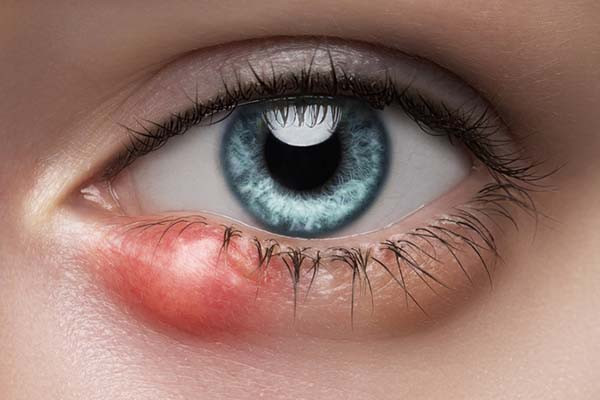Stye: Symptoms, Causes, Treatment
What are the symptoms of a stye?
A stye, also known as a hordeolum, is a red, painful lump that forms on the eyelid. It is usually caused by a bacterial infection. I got a stye after I had LASIK surgery. The symptoms of a stye can include:
- Redness and swelling on the eyelid
- Pain and tenderness in the affected area
- A feeling of something in the eye
- Crusting along the eyelid margin
- Watery eyes
- Sensitivity to light
In some cases, a small, yellowish spot may develop at the center of the stye, indicating the presence of pus. You may need attention from a healthcare provider to deal with the stye.
What are the causes of a stye?
A stye is typically caused by a bacterial infection, most commonly by Staphylococcus aureus bacteria. These bacteria are commonly found on the skin and can enter and infect the oil glands in the eyelids. Several factors can increase the risk of developing a stye, including:
- Poor eyelid hygiene
- Touching or rubbing the eyes with dirty hands
- Using old or expired cosmetics
- Sharing eye makeup or makeup applicators
- Having a pre-existing skin condition such as rosacea
- Using contact lenses that are not properly cleaned or stored
It’s important to practice good hygiene and avoid behaviors that can increase the risk of developing a stye to help prevent them from occurring.
What is the treatment for a stye?
Treatment for a stye usually involves self-care measures and may include:
- Warm compresses: Applying a clean, warm compress to the affected eyelid for 10-15 minutes several times a day can help reduce swelling and promote drainage of the stye.
- Antibiotic ointment: Your doctor may prescribe an antibiotic ointment to apply to the stye to help clear the infection. It’s important to follow your doctor’s instructions carefully when using antibiotics.
- Avoid squeezing or popping: It may be tempting to try to squeeze or pop a stye, but this can spread the infection and worsen the condition. It’s best to let the stye drain on its own.
- Eyelid hygiene: Keeping the eyelids clean can help prevent the spread of infection. Use a mild cleanser or baby shampoo to gently clean the eyelids.
- Pain relief: Over-the-counter pain relievers such as ibuprofen or acetaminophen can help relieve pain and discomfort associated with a stye.
If a stye does not improve with self-care measures or if it is particularly large or painful, your doctor may recommend additional treatment options, such as draining the stye or prescribing oral antibiotics.




